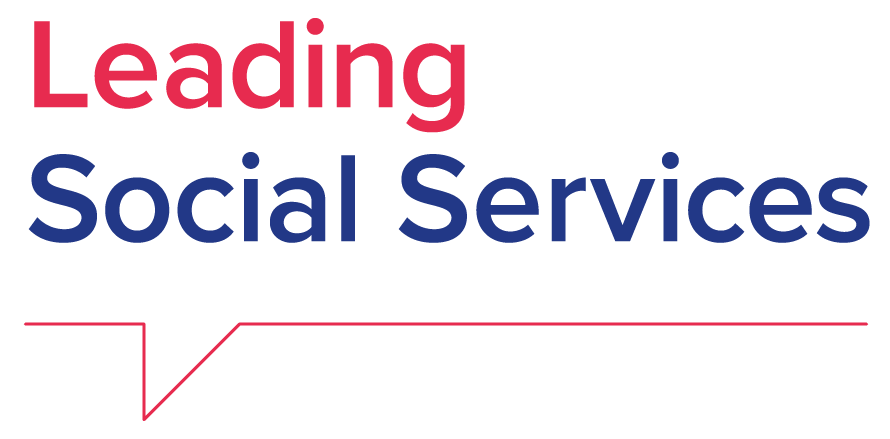Despite the prominent role of local social services in supporting vulnerable groups, scarcity of available resources can significantly hinder their reach. This has been the case for the Region of Andalucia in Spain, where, according to the European Network Against Poverty, risk of poverty and social exclusion rates have been above the national average for almost ten years, thereby increasing the pressure on local social services. Within this context, the Regional Department of Social Inclusion, Youth, Families and Equality implemented a structural intervention in 2018 by launching ERACIS, the Spanish acronym for Andalusian Regional Strategy for Social Cohesion and Inclusion in Disadvantaged Areas.
Funded by the European Social Fund + (ESF+), ERACIS is a social innovation model aimed at addressing a prominent issue within the region, namely how widespread social disadvantage in certain areas negatively affects the prospects of its inhabitants. It has both a regional and local dimension, starting as a general territorial strategy that is then translated into tailored Local Social Inclusion Plans, involving 48 local authorities working in areas deemed at risk of social exclusion. While the regional level defines general objectives, principles and procedures, the local level organises the intervention and tailors it to the local context of activity, involving local stakeholders operating in the sector such as employment, healthcare and housing. It is against this backdrop that community social services and local stakeholders acquire prominence in the implementation of the strategy.
Social services act as a bridge between vulnerable citizens and the resources available to them within the community, ranging from public services to local community actors. For instance, they lead networking with employment guidance and training services, educational centres, health and housing facilities located in the various local authorities with the aim of involving them in the program.
Funding is crucial for the implementation of the strategy as it benefits both the work of local public administrations and publicly relevant services provided at the private level. Competitively awarded grants are used to fund the participation of local entities such as NGOs and employers in this coordinated social inclusion effort, hence recognising the role of local communities in contributing to the improvement of territorial welfare and increasing availability of services for people in need.
Once the collaboration is established, this mapping of services constitutes the Local Social Inclusion Plans. These are the foundation for individualised interventions in the form of tailored Socio-Labour inclusion itineraries for each person in situation of social disadvantage that participated in the programme. ERACIS is therefore a strategy that puts individuals at the centre while at the same time emphasising their ties with their community as a crucial element to improve their quality of life.
During the first period of implementation of ERACIS, from 2018 to 2022, 33.000 people experiencing social exclusion or vulnerability were guided with a personalised inclusion itinerary - a significant number that has prompted a renewal of the funding for the next period.
The comprehensive effort brought about by ERACIS has inspired the European Social Network to engage in transferring the model within the framework of another ESF + funded initiative, the ECSILI project – Empowering Communities. Against this backdrop, and in close collaboration with the Regional Government of Andalucía, the municipalities of Warsaw in Poland and Arad in Romania, are currently working to adapt the model for the social and labour inclusion of Ukrainian refugees. Once the local needs are mapped and collaboration strategies across services are outlined, the adapted model will be ready to be tested starting from December 2025.
You can find out more about the ERACIS strategy on the first public deliverable of the project, including a comprehensive analysis of the model as a foundational step towards its adaptation via this link.
You can also keep up with the ECSILI consortium’s journey towards social and labour market inclusion of Ukrainian refugees by following the project page here.


